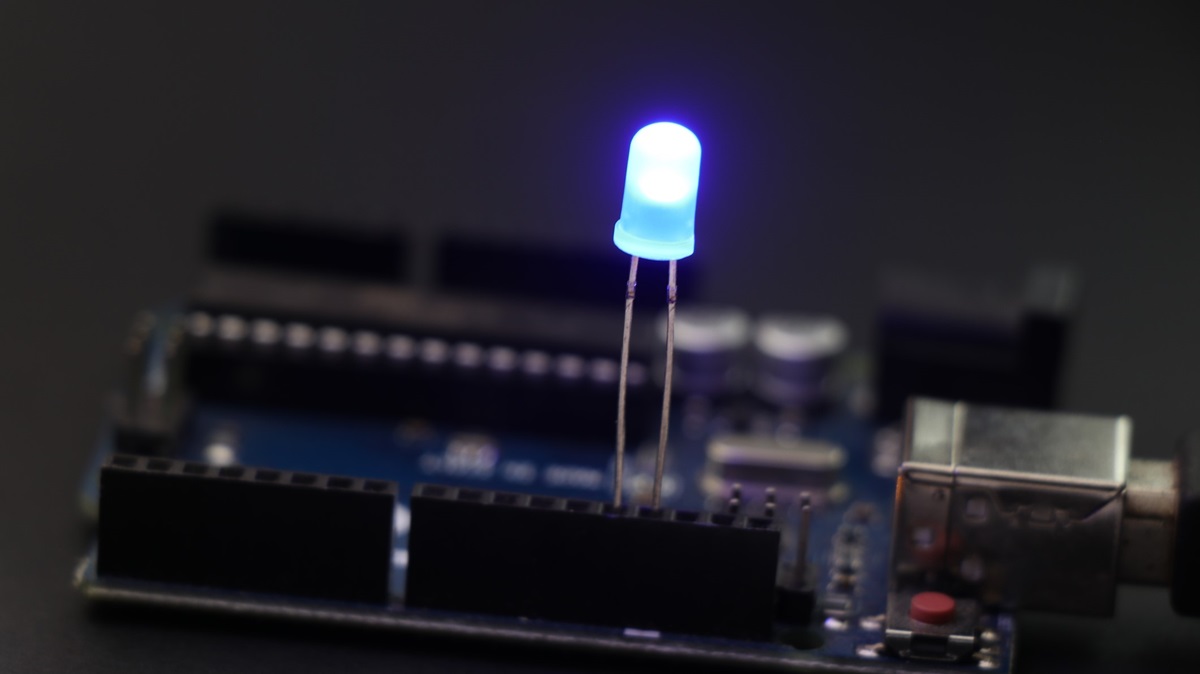Newly discovered semiconductor nanocrystals could be used to develop highly efficient light-emitting devices and lasers.
The nanocrystals are described in a new paper published in the American Chemical Society journal ACS Nano.
Nanocrystals are often used in devices such as lasers or light-emitting diodes (LEDs). These are mainstays of modern technology, so finding more efficient ways of producing these semiconductor elements would mark a major advance in technology development.
One challenge in nanocrystals is the so-called “dark” exciton.
Excitons are essential in semiconductors. They are formed by a negatively charged electron pairing with a positively charged hole (absence of an electron) in the material because an electron has been “excited” out of the crystal structure through gaining more energy – usually from a photon.
The lowest energy, or ground-state excitons in nanocrystals are bad at emitting light, hence the name dark exciton. Dark excitons act like a speed bump, slowing down the emission of light and limiting the performance of nanocrystal-based devices.
“We set out to find new materials in which the exciton ordering is inverted, so that the lowest-energy exciton is bright,” says co-author of the new study John Lyons, a researcher at the US Naval Research Laboratory.
The team first identified 150 target materials for further testing based on theoretical models. Calculations reduced the cohort of possible materials with the desired effects to 28.
More detailed modelling showed at least 4 of the materials can yield bright ground-state excitons. The materials can emit light from infrared to ultraviolet.
The discovery, Lyons says, “could pave the way for the development of ultrabright and highly efficient light-emitting devices, lasers, and other technologies”.











/https://tf-cmsv2-smithsonianmag-media.s3.amazonaws.com/filer_public/d1/82/d18228f6-d319-4525-bb18-78b829f0791f/mammalevolution_web.jpg)








Discussion about this post